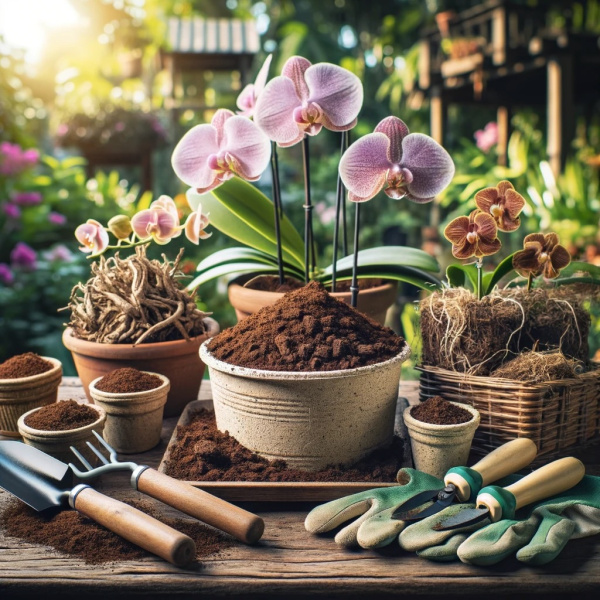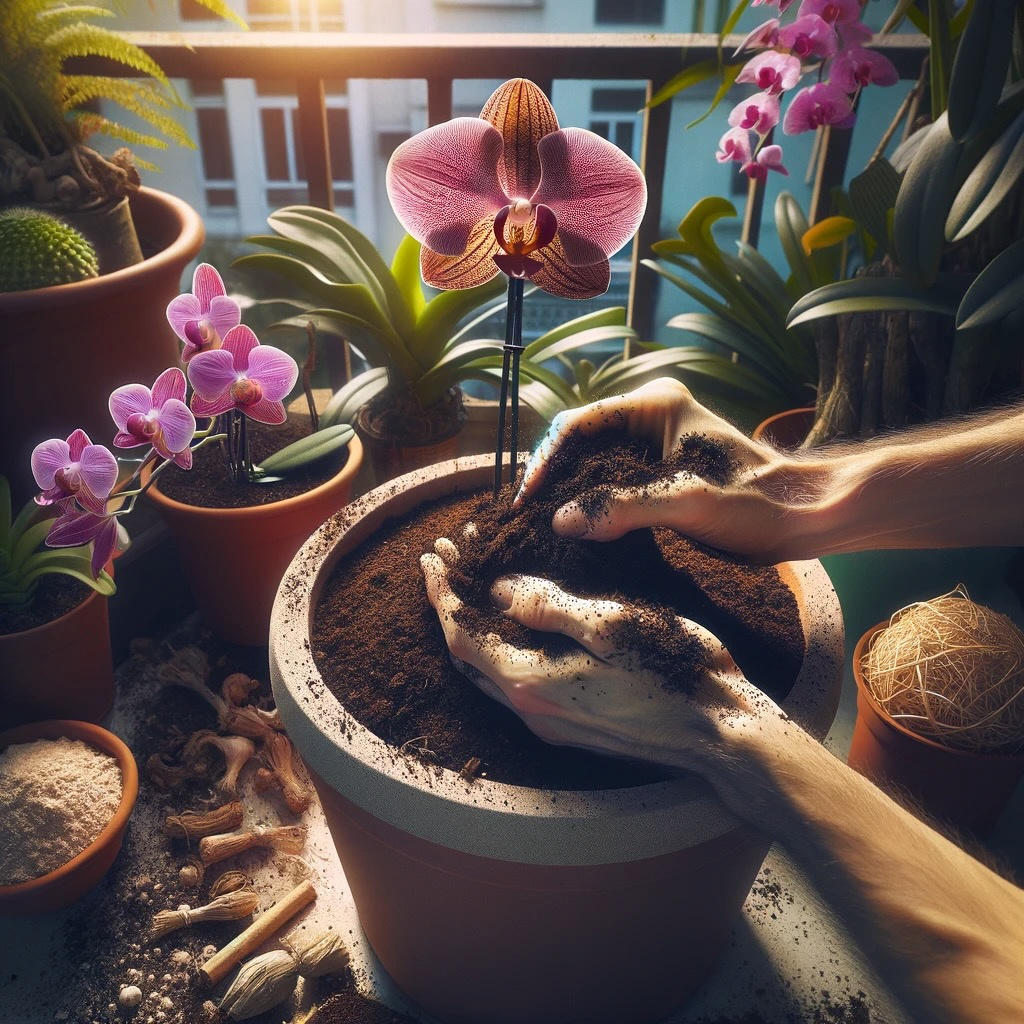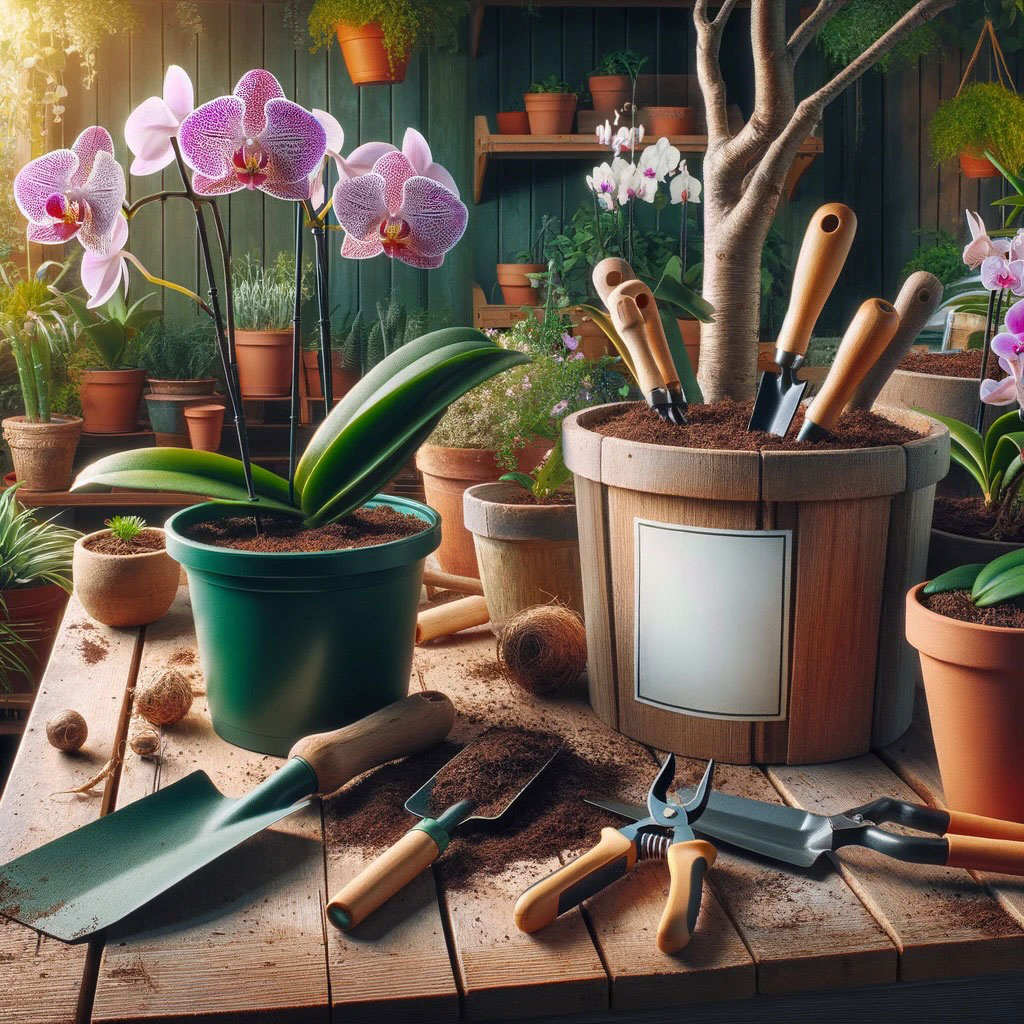
Orchid Bark Introduction
Orchid Bark, a natural amendment derived from the bark of fir trees, is a popular choice among gardeners for improving soil structure, particularly for plants requiring excellent drainage and aeration.
Its coarse texture promotes air circulation and prevents soil compaction, creating an ideal environment for root development.
This guide will explore the advantages of incorporating orchid bark into your gardening regimen, its specific benefits for soil health and plant growth, application methods, and its suitability for different plants and soil types, emphasizing its sustainability and environmental benefits.

Orchid Bark Key Benefits
Integrating orchid bark into garden soil offers several key benefits:
- Improved Drainage: Ideal for preventing waterlogged soil, orchid bark ensures excess moisture drains away efficiently, reducing the risk of root rot.
- Enhanced Aeration: The coarse particles create air pockets within the soil, promoting oxygen flow to the roots, essential for healthy growth.
- Root Health: Orchid bark's texture encourages roots to grow stronger and healthier, supporting overall plant vitality.
- Moisture Retention: Despite its drainage capabilities, orchid bark can help retain sufficient moisture around the root zone, providing a balanced hydration environment.

Orchid Bark Nutritional Profile
While orchid bark itself does not contribute significant nutrients to the soil, its role in improving soil structure and function can enhance plant access to nutrients present in the soil or added through fertilizers.
By facilitating better root growth, plants can more effectively absorb water and nutrients, leading to improved health and productivity.

How to Use Orchid Bark
Incorporating orchid bark into your soil is simple and can be tailored to various gardening needs:
- For Potting Mixes: Mix orchid bark with potting soil at a ratio of 1:4 for plants that prefer well-drained conditions. It's particularly beneficial for orchids, bromeliads, and succulents.
- Top Dressing: Apply a layer of orchid bark on top of the soil around plants to enhance moisture retention and reduce weed growth.
- Soil Amendment for Garden Beds: Work a 2-3 inch layer of orchid bark into the top 6-12 inches of soil in garden beds to improve drainage and aeration, especially in compacted or clay soils.

Ideal Plants and Soil Types
Orchid bark is especially suitable for epiphytic plants, such as orchids, which thrive in loose, well-aerated soils that mimic their natural tree-bound environments.
It's also beneficial for other potted plants that require good drainage, including succulents and cacti.
In garden beds, orchid bark can help improve the soil structure for a variety of plants, particularly those sensitive to root rot or that prefer not to sit in wet soils.

Sustainability and Environmental Impact
Orchid bark is a sustainable soil amendment, derived from renewable resources and offering an eco-friendly alternative to peat moss and other non-renewable soil amendments.
Its use contributes to the reduction of soil compaction and water usage, promoting healthier plant growth with less need for chemical interventions.
By choosing responsibly sourced orchid bark, gardeners can support sustainable forestry practices and contribute to the health of the planet.

Orchid Bark Tips and Tricks
To make the most of orchid bark in your gardening projects, consider these tips:
- Pre-soak: Before mixing with soil, pre-soak orchid bark in water to increase its moisture retention capacity.
- Regular Replacement: Over time, orchid bark can break down and lose its effectiveness. Replace it in your pots or garden beds every few years to maintain optimal soil structure.
- Combine with Other Amendments: For the best results, mix orchid bark with compost or worm castings to add organic matter and nutrients to the soil, enhancing the overall health of your garden.

Orchid Bark Conclusion
Orchid bark is a versatile and sustainable option for gardeners looking to improve soil drainage, aeration, and root health.
Its natural origin and benefits for a wide range of plants make it a valuable addition to any garden or potting mix.
Explore our shop and experiment with orchid bark in your gardening endeavors. Together, we can grow healthier plants and create more vibrant, sustainable gardens.


